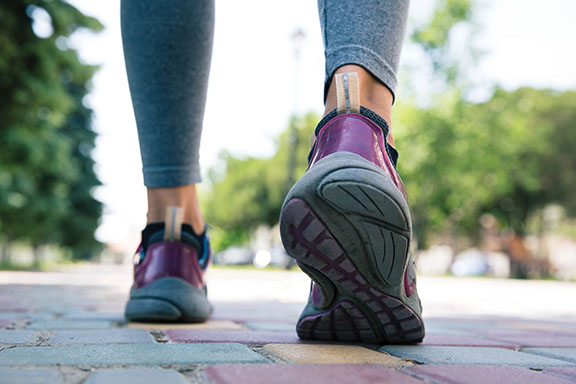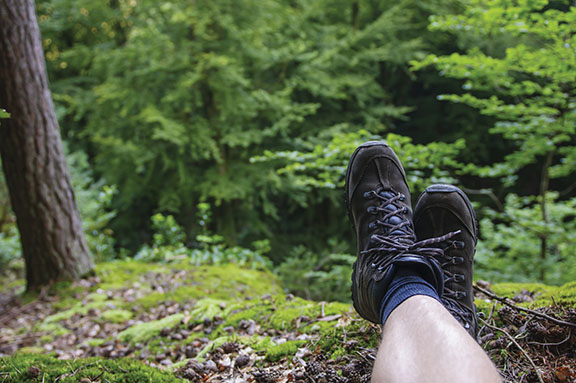Advertisement
Read this article for free:
or
Already have an account? Log in here »
To continue reading, please subscribe:
Monthly Digital Subscription
$0 for the first 4 weeks*
- Enjoy unlimited reading on winnipegfreepress.com
- Read the E-Edition, our digital replica newspaper
- Access News Break, our award-winning app
- Play interactive puzzles
*No charge for 4 weeks then price increases to the regular rate of $19.00 plus GST every four weeks. Offer available to new and qualified returning subscribers only. Cancel any time.
Monthly Digital Subscription
$4.75/week*
- Enjoy unlimited reading on winnipegfreepress.com
- Read the E-Edition, our digital replica newspaper
- Access News Break, our award-winning app
- Play interactive puzzles
*Billed as $19 plus GST every four weeks. Cancel any time.
To continue reading, please subscribe:
Add Free Press access to your Brandon Sun subscription for only an additional
$1 for the first 4 weeks*
*Your next subscription payment will increase by $1.00 and you will be charged $16.99 plus GST for four weeks. After four weeks, your payment will increase to $23.99 plus GST every four weeks.
Read unlimited articles for free today:
or
Already have an account? Log in here »
Hey there, time traveller!
This article was published 08/06/2022 (1278 days ago), so information in it may no longer be current.
When it comes to footwear, we often have a lot of questions regarding what kind of shoe is right for me? What am I looking for in a shoe?
In general, when it comes to shoes “The least amount of shoe feasible” (Simon Bartold) to achieve your personal goals while maintaining comfort is usually the right shoe for you. Often when we go into the shoe store there are so many things to take into consideration that it can feel overwhelming and complicated. In general, it is good to think about a few different questions. What activities you will be using the shoe for? What type of terrain/surface will you be using the shoes on? What has been your go to shoe in the past and why do you like it?
These are all great questions to start thinking about when going to look for your newest footwear purchase.
Whenever you go to a shoe store, the shoes will most likely fit into these four common categories: Cushioned, Stability, Motion Control and Natural footwear. Each of these categories have differences in the stack height, heel drop, heel counter, last shape and toe box width:
Stack Height refers to the amount of cushioning from the ground to lining of the shoe.
Heel drop is the difference in height when you look at the heel of the shoe to the toes.
Heel counter is the stiffness you feel when grabbing the very back of the shoe, the area where the heel sits.
Last shape refers to the curve you see when looking at the bottom of the shoe if you drew a line from the heel to the toe.
Toe box width is how wide the end of your shoes are where we want our feet to be able to spread out.
Cushioned shoes are typically given to people with a stiff foot, a foot that looks rigid and doesn’t generally flatten out when you take a step. If you look at the bottom of a cushioned shoe, you will usually see a slight curvature from the heel to the toe. When holding this shoe, you should be able to twist the middle and feel that there is some flexibility to it. Stability or Neutral shoes tend to have a straight line from the bottom of the heel to the top of the toe. They will be moderately flexible if you try to twist or bend the shoe in half and if you press the back of the heel, it would bend down. The stiffest of all shoes is the motion control, typically this shoe is only used in certain situations when a person lacks significant control of their foot or needs to offload tissue. In general, before considering moving to a motion control shoe it would be best of consult with your physiotherapist. This type of shoe is very rigid and provides almost no flexibility for the foot to move through the walking or running cycle.
Most people go into a shoe store commonly self-describing their feet as flat, but it is important to speak with your physiotherapist to determine whether this is the case. There is nothing wrong with having a “flat” looking foot, but does your foot have control? To help determine if you have a rigid foot, a structural issue such as bunions or even a flat foot, your physiotherapist will perform a proper gait assessment and biomechanical exam to help guide you in the right direction when looking for your next pair of shoes.
A great test to try the next time you go look for shoes is to do the liner test! If you can, take out the insole liner of the shoe and stand on it. Spread all the toes out nice and wide. If all your toes fit easily on the liner, then that is a great indication the shoe is wide enough for you and won’t leave you with feet that feel compressed or tight.
There are so many different things to look for when choosing the correct shoe. Consulting your local physiotherapist to guide you in the right direction is always a good approach to help navigate all your footwear questions.
Emily Sobering B.Kin, M.PT is a Physiotherapist at Sage Creek Physiotherapy. You can find Emily and many other great physiotherapists in the “Find a Physiotherapist” section of our website at www.mbphysio.org.

This article is produced by the Advertising Department of the Winnipeg Free Press, in collaboration with Manitoba Physiotherapy Association



